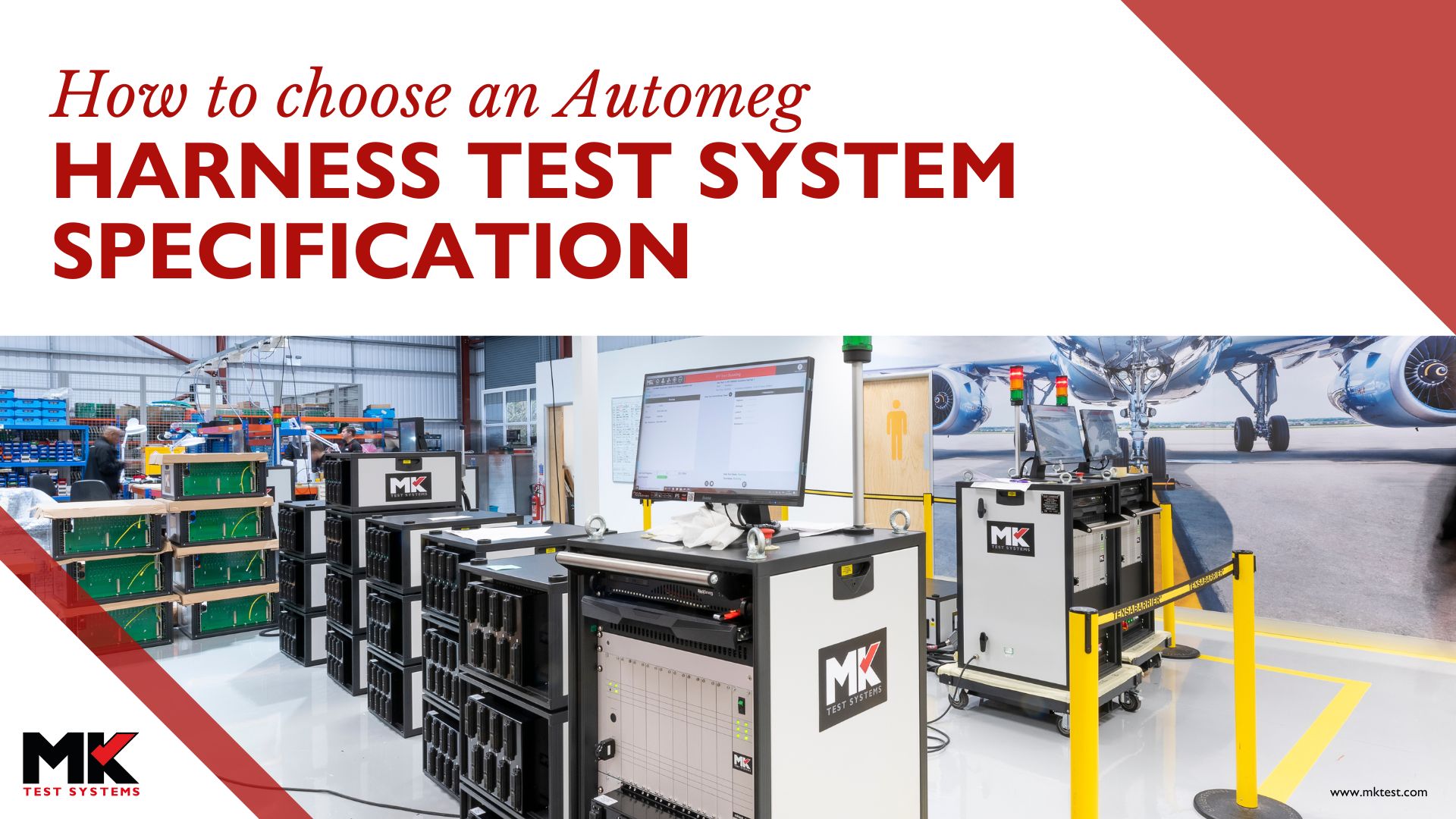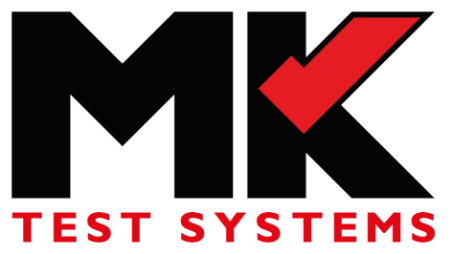How to choose a test system specification

We offer an extensive range of test system specification models for Automeg, so it has the modular flexibility to suit your exact requirements.
When it comes to selecting an electrical test system – whether it’s for wire harnesses or other applications – the range of options can be daunting. This article has been written to help understand which specification is right for your business.
Which test system specification is right for you?
Our sales team can work with you to help configure the perfect test system specification for your needs. In the first instance though, this quick guide to the range of Automeg models is a useful starting point.
As an overview, all Automeg models offer the following features:
- Continuity resistance measurement, low voltage isolation test (short circuit), and high voltage DC insulation resistance testing as standard.
- Optional high voltage AC HiPot testing, capacitance measurement LCR modules
- Optional function test stimulus switching modules and power supplies to enable actuation and function test. Note: This option is suitable for testing a small number of active components in the assembly under test. For testing larger amounts of active components, we recommend a full function test system from our E or M series.
- Integration with a range of third party sources, scopes and measurement modules.
- All systems can be configured to suit your operation and application. From static rack cabinets to heavy duty mobile cabinets suitable for shop floor and hangar environments; from distributed switching which spreads the system around large assemblies such as aircraft or vehicles; and portables built into a robust field deployment suitcase or rack format.
- MKAT, our powerful test management software. Our third generation proprietary software, MKAT combines ease of use with powerful test program creation and management capabilities.
Our Automeg test system specification ranges:
Our range of basic models break out into the following groups:
T Series
This Automeg model range is named T for ‘two’ wire, because our T series applies 2 wire continuity resistance measurement.
If your test requirement demands a high test point count and only needs continuity resistance measurement down to 0.1Ω, then the T series is your entry level, lowest cost, automatic test option.
F Series
The F series is our dedicated 4 wire test Kelvin measurement solution. As with the T model range, F stands for four wire.
When your continuity and resistance measurements need to be milliohm-accurate, the dedicated 4 wire F system guarantees you the best possible accuracy. Due to its high accuracy, this Automeg series is ideal for testing critical cables, components, shielding joints and low resistance connections.
D Series
The D series is our most popular model for standard electrical harness testing, with D standing for ‘dual’. It offers both 2 wire and 4 wire resistance measurements, as well as the ability to mix these modes in a single test program.
The D series Automeg models can handle a mix of resistance measurements down to 2mΩ. The result is an extremely flexible system which enables rapid automatic testing of complex assemblies.
E Series
The E series is our entry level multibus function test solution.
If your product has active components, or if you might need to function test active assemblies in the future, the E series offers both measurement and function test capability. Each E series relay card can be used as either a measurement card or a functional stimulus switching card. The only restriction with the E series is that the card can be used for either measurement or stimulus switching during a subtest, so you need to plan your test interface to enable a full functional test.
The E series Automeg is your ideal solution if active component density is low or your designs are stable.
M Series
The M Series offers the highest level of flexibility. These systems can be used in both 2 wire and 4 wire kelvin measurements and they can also deliver functional stimulus from any test at any time. As with the E series, the card can be used for either measurement or stimulus switching during a subtest.
The M series simplifies your interface design. Each interface channel is able to both measure and stimulate, which means there’s no need for a complex Y cable interface. When testing a contactor, for example, the system measures the resistance of a coil and then stimulates the coil using the same test points and same interface wire. It then measures the change in contact resistance concurrently.
If your active component density is high, or your active product format is flexible then the Automeg M series is your ideal system.
Summary
This article has defined the differences between our Automeg test system range.
The key to understanding which test system specification is the right one for you is knowing your test requirements. Ideally, you’ll be able to tell us the following details:
- Number of test points (to test a single wire 2 if required, or 4 if using kelvin measurement)
- Maximum voltage required for AC and DC insulation tests
- If you require a static, mobile or distributed system
- Your interface requirement – standard or custom
- Is energisation required? If so, what is the maximum current and voltage?
- Do you require high current switching (more than 2 Amps)?
- Do you need to test capacitance?
- In addition to the above, if you’re also able to send us the test specification you need to achieve, then this is a great help.
Next steps
Once you’ve provided the above details, our sales team can advise on the best Automeg test system specification for you and recommend any additional modules. Complete the enquiry form at the bottom of the Automeg product page to kickstart this process.
For more production information, visit our dedicated Automeg and Portable Automeg product pages. Our latest wire harness testing system is RTS, which uses fewer interface cables and offers real-time testing during hookup.

You can download this article as a PDF download here. A simple Automeg specification quick-select guide is available in the ‘other useful documents’ section on our Resources & Learning page.
